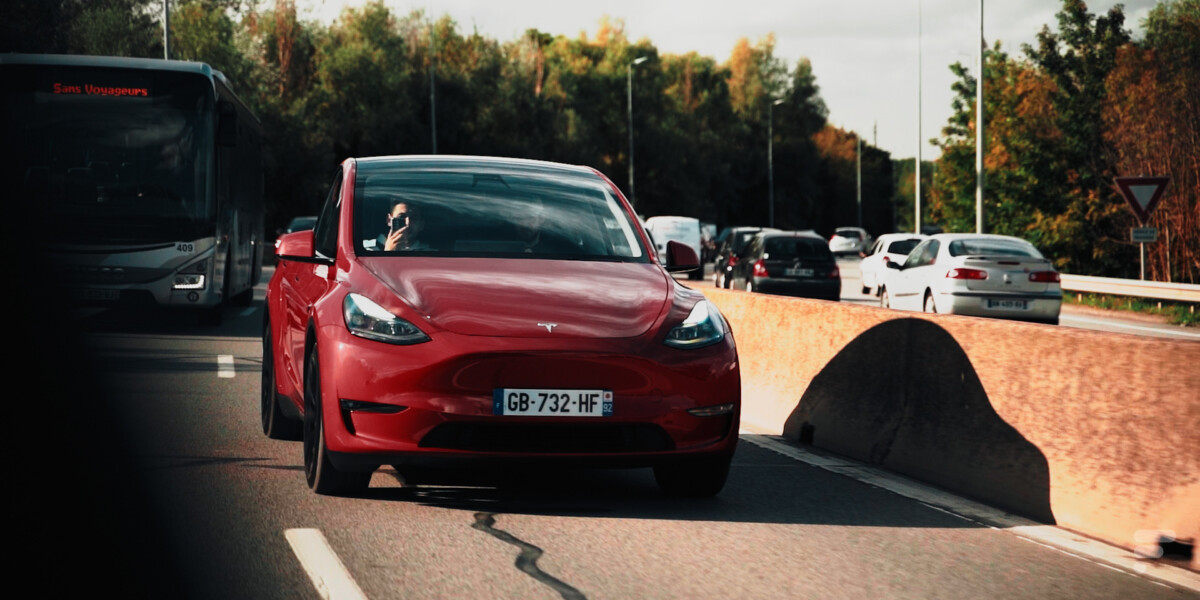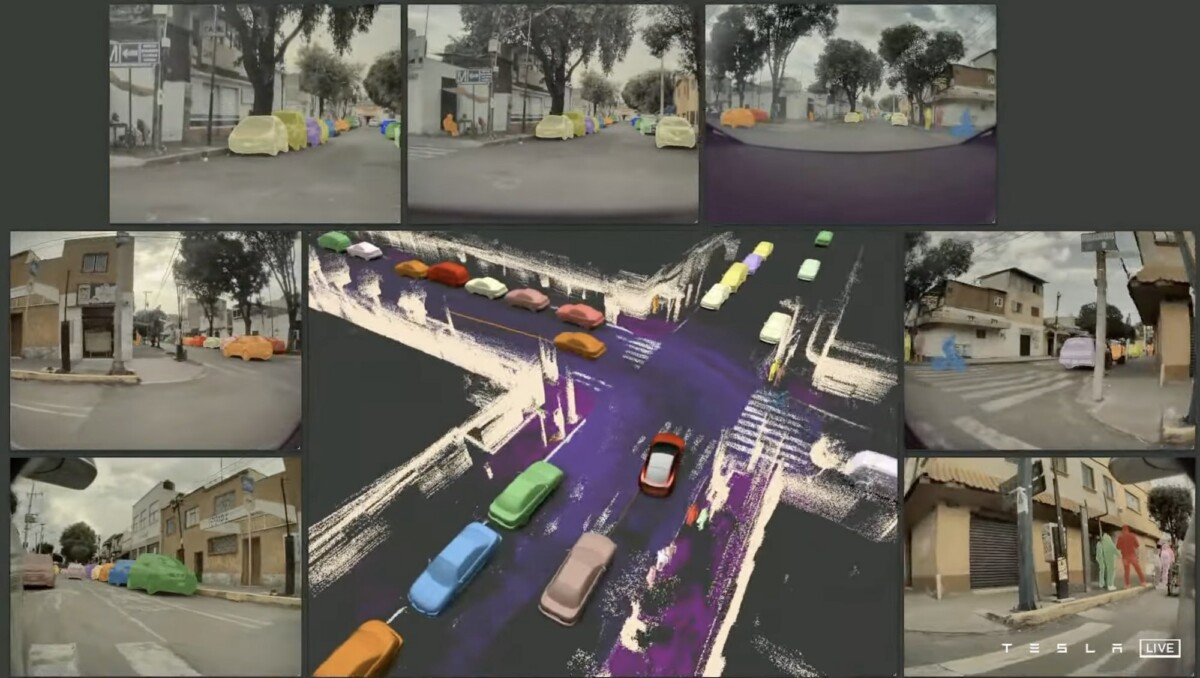With the deployment of Tesla’s autonomous driving beta, the FSD, a feature that is as practical as it is illegal has appeared: the possibility of not marking a complete stop at a Stop sign. The American authorities have just intervened by summoning the manufacturer to prevent this.

Since the fall of 2020 and the deployment of the first betas of Tesla’s famous FSD (fully autonomous driving capability in France), several tens of thousands of users in the USA have been able to benefit from regular updates allowing them to test in preview features. Among them, what is called across the Atlantic the “rolling stop”.
The American authorities have just put a stop to this, reminding the manufacturer that it is totally illegal. Tesla is thus forced to update its fleet of vehicles so that this is no longer permitted. Explanations.
At the STOP sign, we stop
The US Federal Highway Traffic Safety Agency (NHTSA) issued a safety recall regarding Tesla, and more specifically its rolling stop implementation, after discussions with the automaker on January 10. In an official document, the agency details that this feature is designed to allow the vehicle to cross an intersection where there is a Stop sign (for all lanes arriving at the intersection) without coming to a complete stop when certain conditions are met.
Remember for all intents and purposes that this concerns Tesla self-driving (FSD) vehicles, and only when the feature is active. Of course, when the driver is in control, and no longer the manufacturer’s software, he is unfortunately always free not to respect the highway code.
Among these conditions, we find in particular:
- The feature must be enabled in the driver profile settings.
- The vehicle must approach an intersection with a STOP sign while driving at less than 9 km/h.
- No moving vehicles, cyclists or pedestrians should be detected approaching the intersection.
- Visibility is sufficient for the vehicle.
- All lanes arriving at the intersection have a speed limit of less than 50 km/h.
If and only if all these conditions are met, then: the vehicle will cross the intersection where there is a STOP sign for all lanes arriving at the intersection at a speed between 0.2 and 9 km/h without stopping first. If at least one of the above conditions is not met, the vehicle will stop at the STOP sign.

Visualization of a Tesla equipped with the fully autonomous driving computer // Source: Tesla
These famous “all-way-stop” (intersection where each lane that arrives has a STOP sign) are quite typical in the USA, but much less in Europe where we prefer roundabouts and therefore where this concern for “rolling stop” would have arisen only very rarely.
Anyway, the NHTSA decided to call Tesla to order by summoning him to stop this practice, judging thatEntering an “all-way-stop” without coming to a complete stop can increase the risk of a collision. It goes without saying, although Tesla said it had no knowledge of any crashes, injuries or fatalities related to this feature. It is however curious that the NHTSA let this pass for so long, since it is illegal in the USA as here not to stop at a STOP sign.
To follow us, we invite you to download our Android and iOS application. You can read our articles, files, and watch our latest YouTube videos.

